.... there is a discrepancy between what exactly you see on the photograph, and the cultural frame that transforms what you are actually looking at. So on the one hand, you have an image that stands for itself – a seascape. On the other hand, you have the cultural frame, which mediates your relationship to it.
When you make a photograph, its subject always belongs to the past. Photography is this magical thing, where you can bring the past back into the present.
http://www.we-find-wildness.com/2012/01/marine-hugonnier/

ARIANA, THE LAST TOUR, TRAVELLING AMAZONIA THE WHITE REVIEW
MH: I see these films as tools for critical thinking. They are an attempt to define another kind of experience – an experience of images through the world rather than the world through images.
Gerhard Richter https://www.gerhard-richter.com/en/
When I see Gerhard Richter’s paintings, a very figurative one next to a very abstract one, I’ve always feel that it’s not the piece on the right or the piece on the left that’s interesting, but exactly what stands in the middle – the confrontation between the two.
So the artist as a witness? Having been in Afghanistan and Palestine, I realized that war is a place where past, present and future collapse. When you are physically in a state of survival, you do not have the luxury of that scope of linear time; you are absolutely inscribed in the present moment. Wars makes social categories completely explode. So what’s the difference between being a reporter, or an artist-reporter, or journalist? When you take part in a moment in history, where do you actually draw the line between these positions?









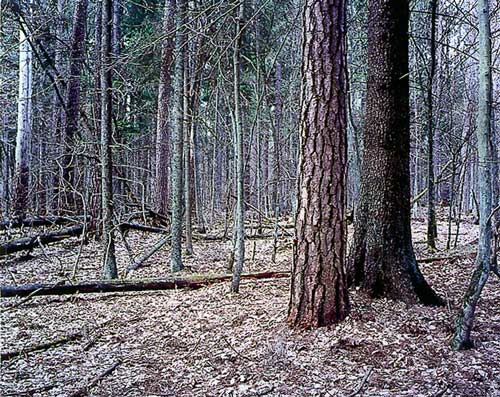


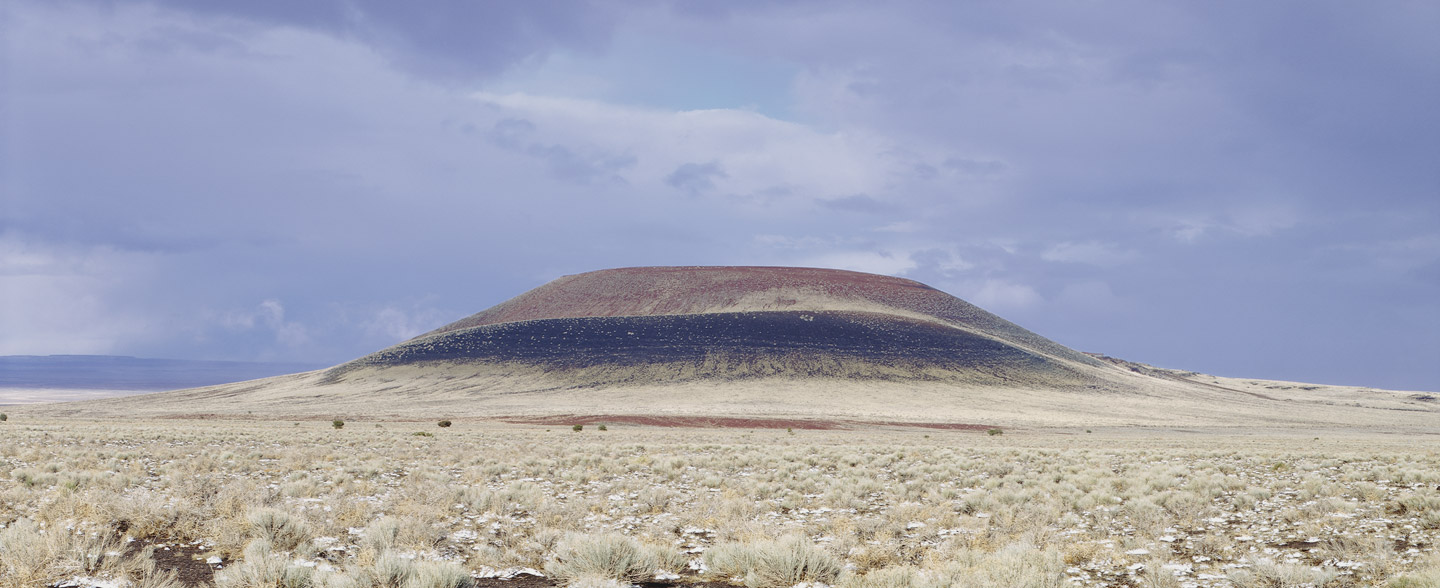
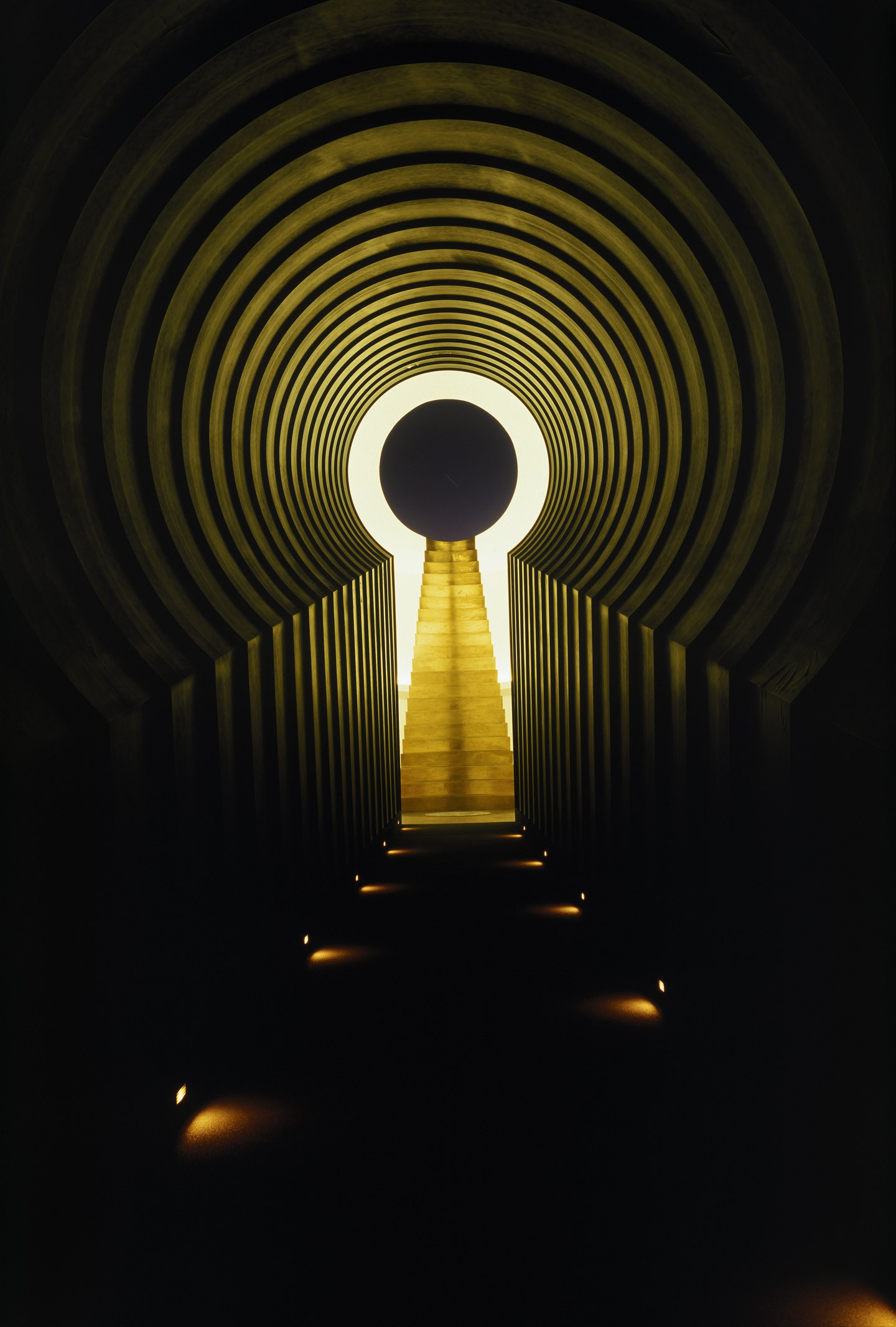
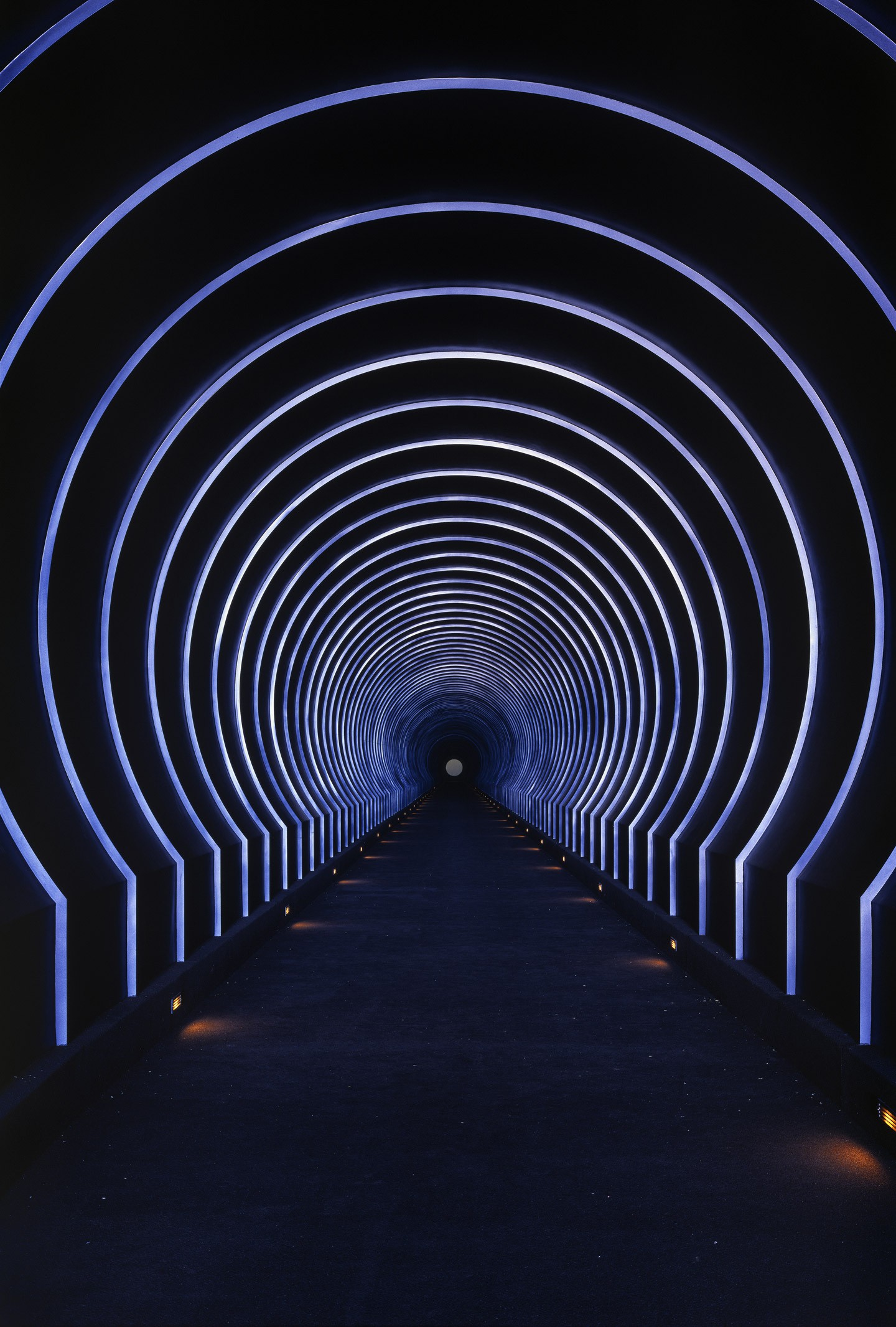

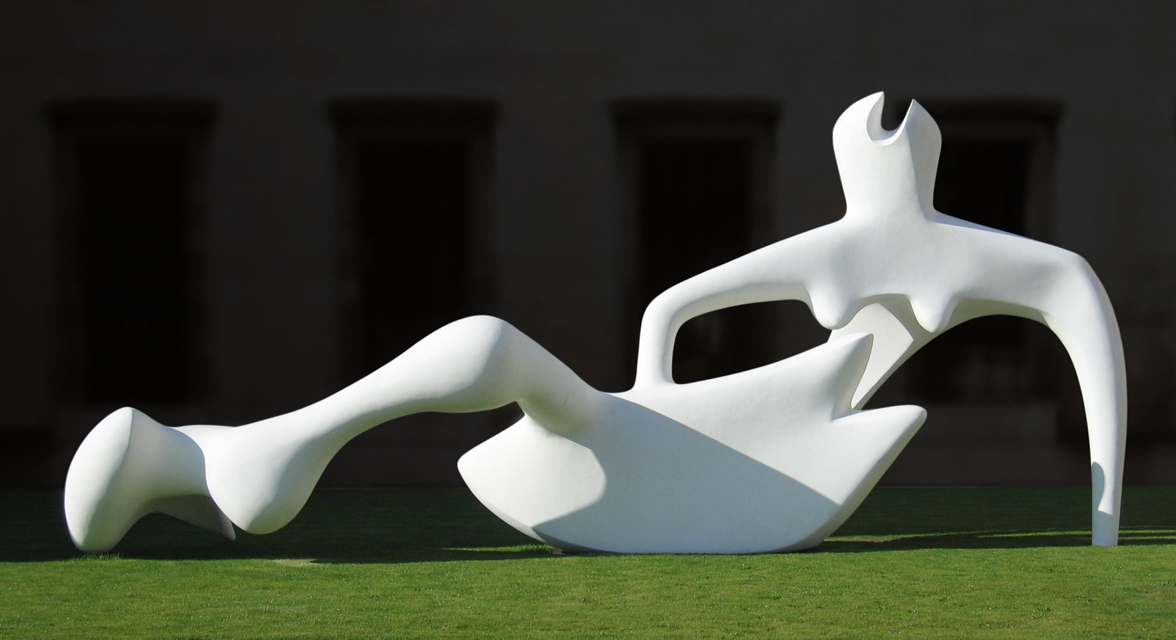













_and_Her_Daughter_Rachel_-_Google_Art_Project.jpg)








